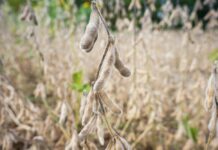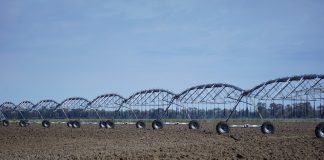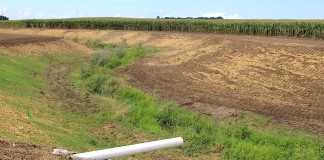Tag: water management
Even the mightiest waters need replenished
Julie Geiss considers the falling water levels in Lake Powell and Lake Mead and is reminded that fresh water is not something we should take for granted.
Water is an important part of management as weather changes
There are several things to consider when shaping your management practices regarding water access for livestock.
2,500 gallons of water per bushel of irrigated corn is ‘too...
Because of agriculture’s overall thirst, it is the biggest, fattest, slowest target in every effort to re-allocate today’s dwindling supplies of water.
Fence livestock out of a streams before it’s mandatory
The days of allowing livestock to have full access to streams are numbered as more regulations are set and the importance of clean water is emphasized
Be more aware of water in 2022
In unlucky parts of the world, clean drinking water is scarce or limited. Although many Americans don't face that issue, we need to conserve water.
Ohio State University lead partner in northwest Ohio watershed project
A new watershed project in northwestern Ohio will demonstrate that agricultural conservation practices can help meet Lake Erie's water quality goals.
Mark Smith appointed Western Lake Erie Basin Coordinator
The U.S. Department of Agriculture's Natural Resources Conservation Service has appointed Mark Smith as the agency's Western Lake Erie Basin Coordinator.
Consult and respect neighbors to avoid pollution, drainage disputes
Bob Griesmer reflects on the two most frequent issues discussed during his time at Geauga County SWCD — drainage and agricultural use issues.
How to determine if your creek is healthy
What factors indicate a healthy creek? Learn how to determine whether or not your creek is healthy, so you can respond to indications of impairment sooner.
Trump removes protections for waterways, aiding farmers
The Trump administration lifted federal protections Jan. 23 for some of the nation’s millions of miles of streams, arroyos and wetlands.



















